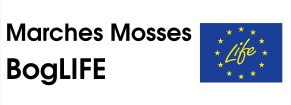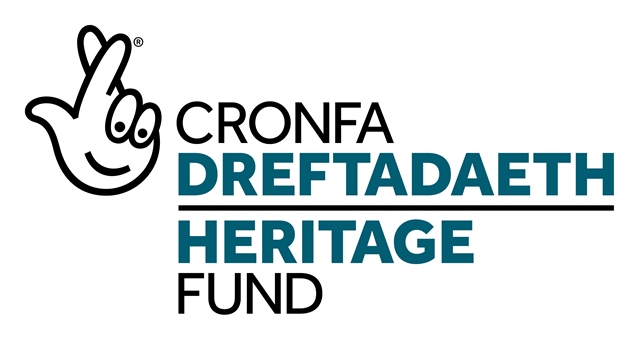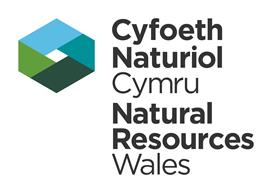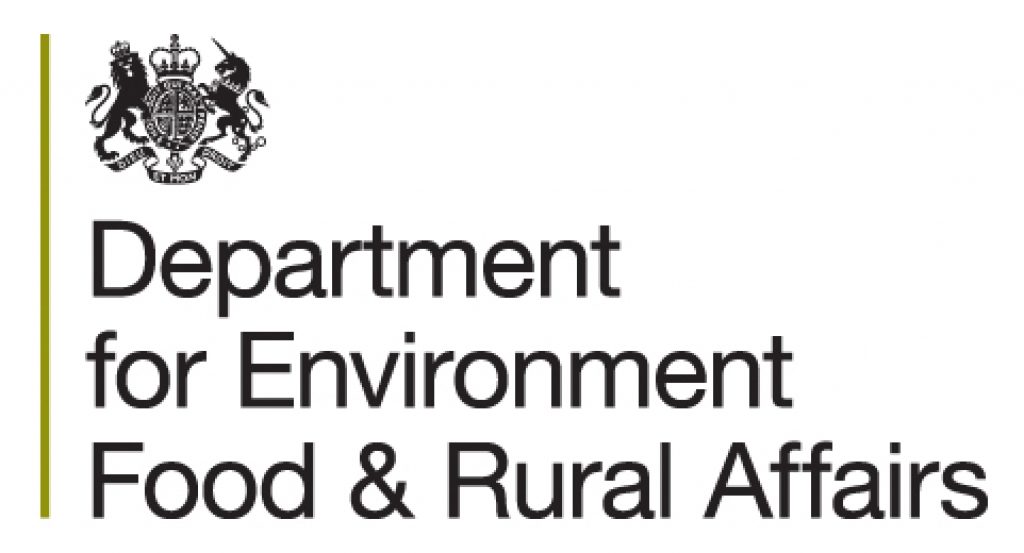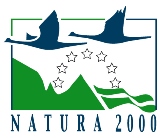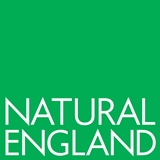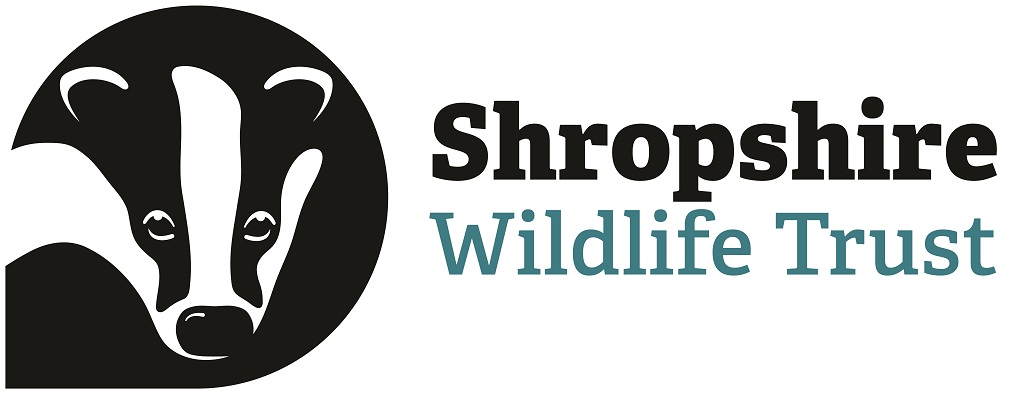Fenn’s & Whixall NNR Shared Nitrogen Action Plan
December 5, 2018
Note: Please be aware that the link on this page will take you to a third-party website.
Shared Nitrogen Action Plans are a new approach to tackling atmospheric nitrogen pollution and its effects on sensitive habitats. Fenn’s, Whixall, Bettisfield, Wem & Cadney Mosses – collectively known as the Marches Mosses, has been identified as a site where local measures are likely to make a difference to the issue of atmospheric nitrogen pollution.
PhD student Tim Dixon will be leading on the SNAP and has just joined the team at The Marches Mosses SAC at Fenn’s and Whixall NNR.
The Mosses have levels of unwanted nitrogen in terms of air quality and farm run off. A healthy bog – and at 996 hectares the Marches Mosses form the third largest lowland raised bog in the UK – needs low nutrient rainwater in order to maintain a viable ecosystem.
To develop a coherent approach to the issue of excess nitrogen a SNAP Workshop was held on 25th October at the offices of Shropshire Wildlife Trust. This gathered together the various stakeholders from public bodies, organisations and researchers with the intention of scoping objectives, reviewing existing evidence, recognising knowledge gaps and identifying the external stakeholders.
Shared Nitrogen Action Plans need to be just that – shared. A transferable methodology is vital if the knowledge is to be pooled for use at other sites, and among all the identified stakeholders. Included in this will be a site specific communication and engagement plan.
It is recognised that each site will have unique characteristics; these will need to be defined and allowed for. For instance, the Marches Mosses sit in an area where there has been a rapid expansion, in recent years, of the poultry industry. Immediate action will include the prevention of further deterioration of existing sites, which can then be followed by long term sustainable restoration, linked to an understanding of prevailing farming methods and their impact on habitat.
Once the sources of nitrogen emissions are determined mitigation options will be documented against a review of current methods and their effectiveness, with an evidence base centred on habitat studies – weather, air quality, butterflies, birds, vegetation and soil as well as previous studies. Emission sources will be examined using planning applications, the NRW cumulative emissions register, Environmental Health Officer reports and ad hoc information on nutrients and emission sources in Wales, the Befesa Aluminium plant is located next to the Site of Special Scientific Interest, Environment Agency Permitting Register and the Diary Farm Register.
A major part of the communications plan depend on identifying the stakeholders. It is likely that these will include the NHS, through an interest in respiratory disease and diet; landowners, agents and developers; local councillors and industry; farms and diaries; supermarkets; consumers; utility companies; the NFU; DEFRA/Welsh Government; Local authority planning teams; EA/NRW; LEPs; Public Service Boards in Powys and Wrexham; Shropshire CC Public health; Chester University; Shropshire Wildlife Trust; Parish and Community Councils; Canal and River Trust; Country Land and Business Association; Natural England; British Lichen Society; Shropshire Botanical Society and SEDN local surveyors; Other EU LIFE projects.
You can learn more about the SNAP programme here.
